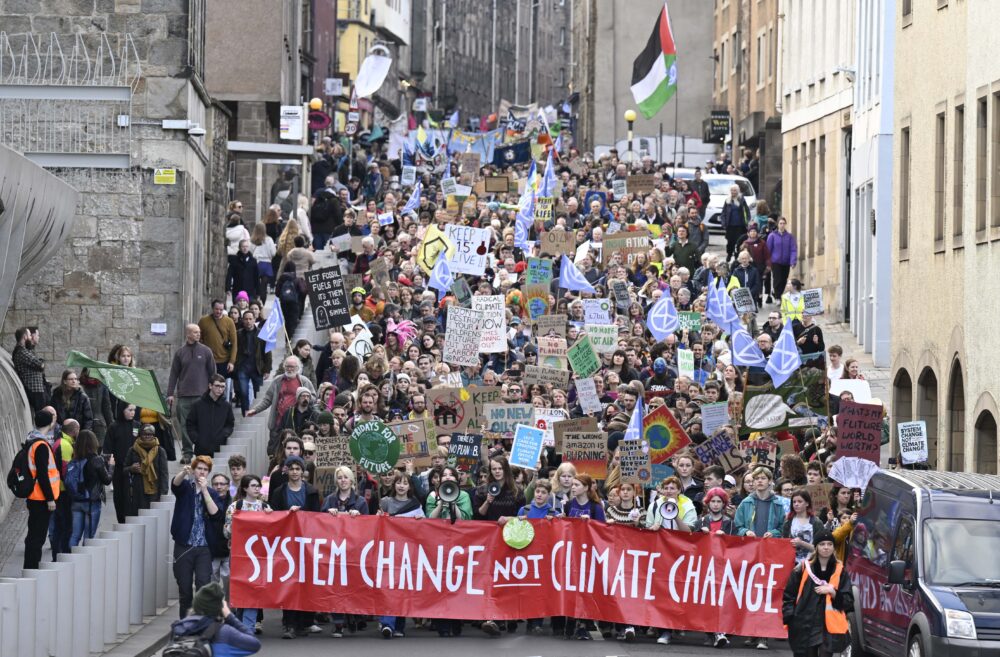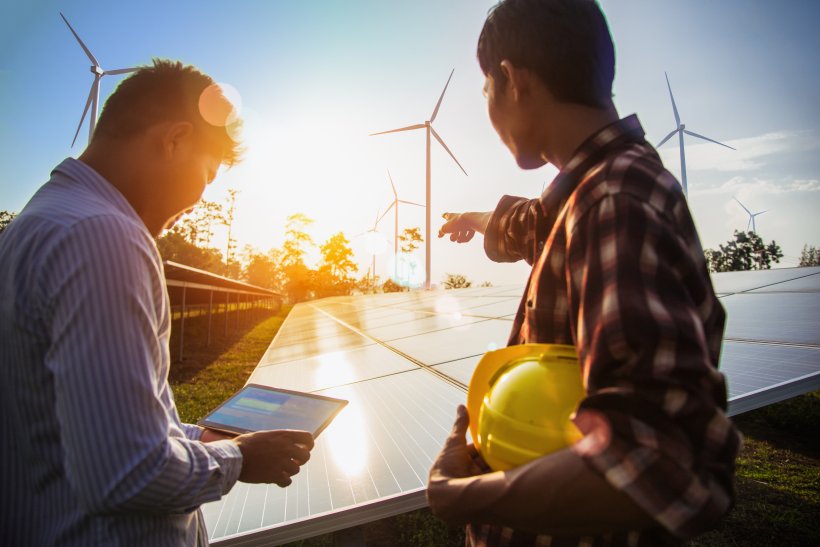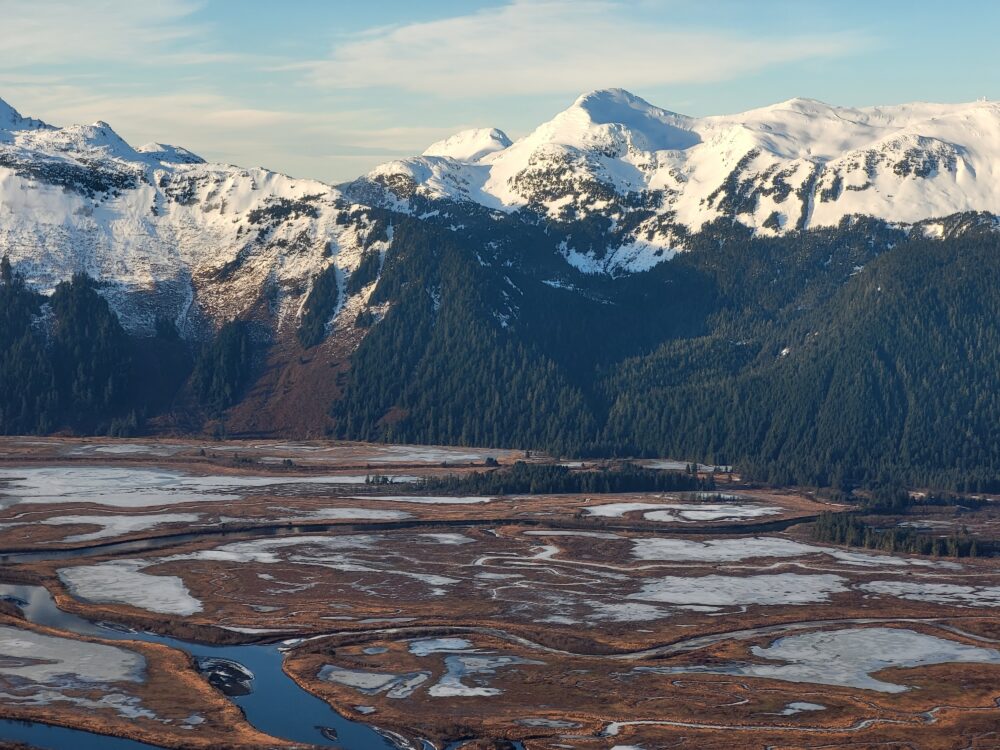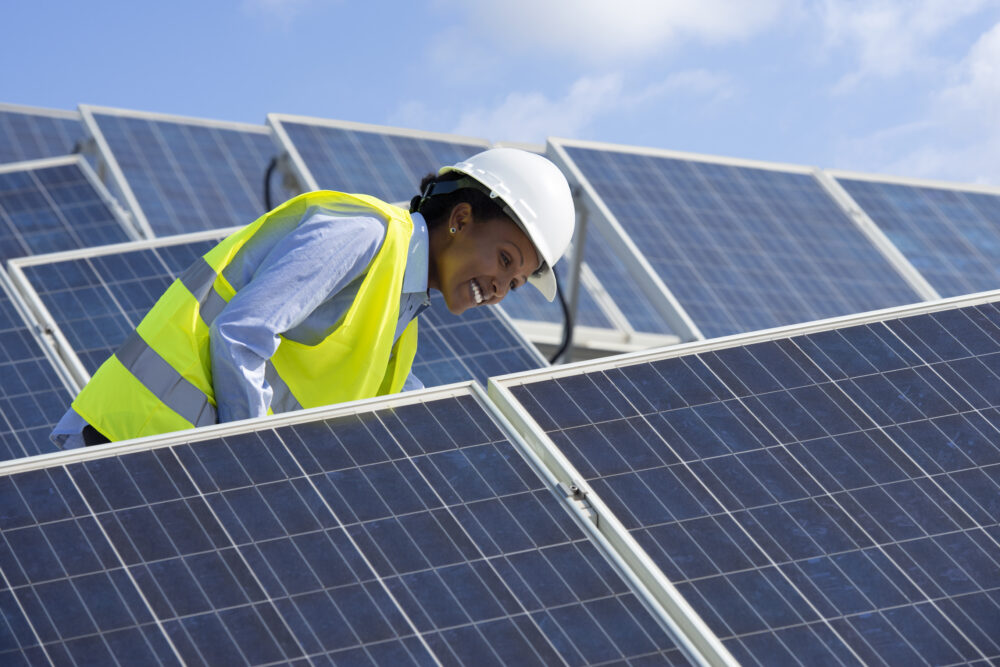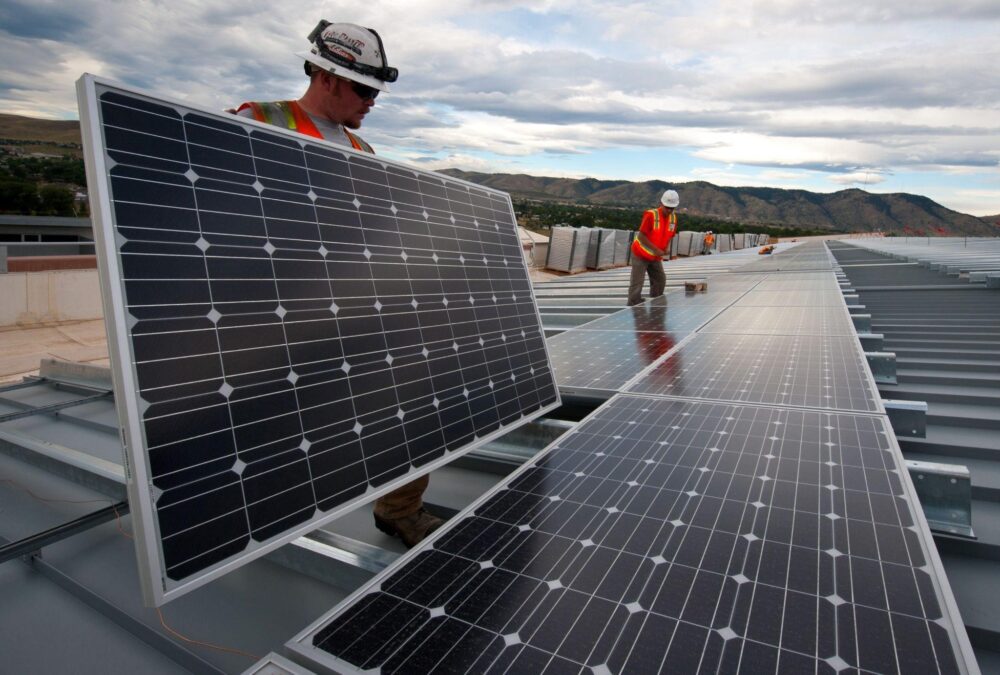We have much more to do and your continued support is needed now more than ever.
New York City for Offshore Wind
The South Brooklyn Marine Terminal Will Host Key Components for the Offshore Wind Industry

The South Brooklyn Marine Terminal (SBMT) will be a major hub for the offshore wind industry over the coming decades. The terminal will be transformed into a port for staging and assembling offshore wind components for the forthcoming Empire Wind and Beacon Wind projects. The terminal will also support the development of future projects along the East Coast. Beacon Wind and Empire Wind will supply 3.3 gigawatts (GWs) of energy — enough to power nearly two million New York homes. The SBMT will be one of the largest dedicated offshore wind port facilities in the United States at 73.1 acres. Construction of the terminal is set to begin in 2024 and plans to be fully operational by 2026.
The total planned investment for the SBMT from offshore wind developers, BP and Equinor, is between $200 – $250 million. Equinor will have their project office located adjacent to the SBMT to serve as a hub for BP and Equinor’s regional offshore wind activity. The office will also be home to an offshore wind learning center where the public can come learn about the offshore wind industry. In addition, as a part of the agreement between the developers and the City of New York, BP and Equinor will attempt to make the operations and management hub and staging area a low-emissions facility. The developers will invest in an electric-diesel boat to bring workers and components back and forth from the terminal to the wind energy areas. Each of these efforts, if successful, will help reduce pollution in the Sunset Park neighborhood and produce less carbon dioxide emissions than would be otherwise emitted.
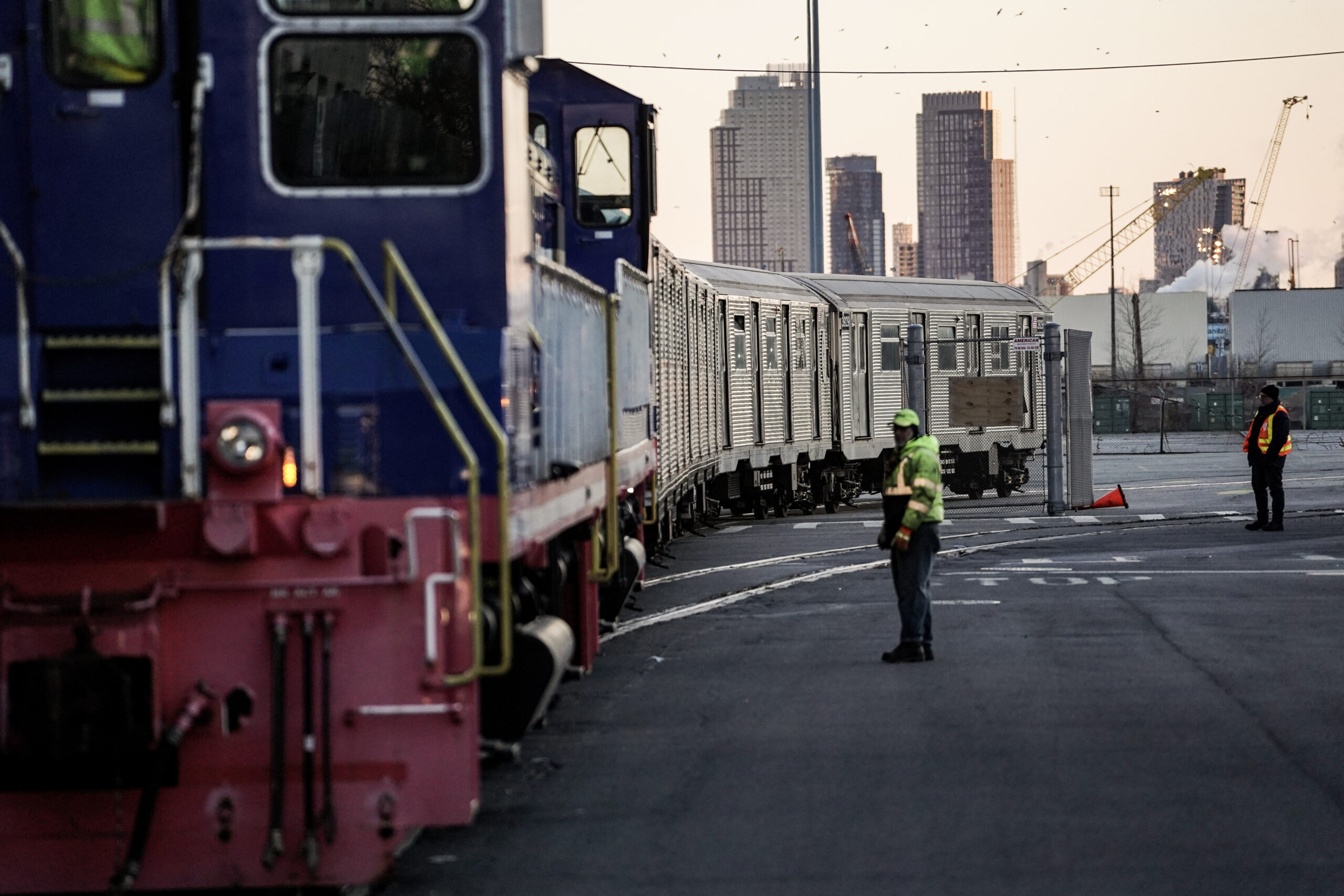
It must be emphasized that a major reason this port development happened is because of community organizing in the Sunset Park neighborhood, led by UPROSE. As summarized in a Canary Media article highlighting the SBMT and UPROSE, “UPROSE and other local groups have pushed for years to revitalize the dormant waterfront. Not by building luxury apartments and retail shops, which they say would hasten gentrification, and not by adding dirty factories that further pollute the air — but by developing clean-energy industries in their own backyard.”
The community-based organizing that UPROSE leads resulted in “The Green Resilient Industrial District” (GRID) plan that serves as a community vision for what the future of the SBMT could be. The plan centers around the GRID Goals to: “1. Preserve the industrial character of Sunset Park’s waterfront 2. Retain and create well-paid working class jobs 3. Support green industrial innovation 4. Promote climate resiliency and Just Transition through circular industrial economy practices.” This plan emphasizes job training and workforce development for people in underserved and environmental justice neighborhoods. It articulates the duty that unions, developers, and other job creators have to work in coordination with neighborhood leaders and organizations to ensure jobs in the emerging offshore wind industry provide the training, technical assistance, and career opportunities in a green economy.
Building on the work, and through lessons learned from the GRID plan, UPROSE has developed Principles for a Just Transition in Offshore Wind Energy in partnership with Taproot Earth, Rogue Climate, and the Climate Justice Alliance.
Thanks to the ongoing organizing of groups like UPROSE and the consistent advocacy from environmentalists and other stakeholders pushing for offshore wind development, the future is looking bright for the South Brooklyn Marine Terminal. Through the combination of UPROSE’s strong community roots and their long history of environmental remediation and victories against fossil fuel companies, New York’s commitment to developing offshore wind, and engagement from developers and other industry players, what is happening at the South Brooklyn Marine Terminal can serve as an example of a community-based, just transition for offshore wind port development, promoting a future where all communities thrive in a clean energy economy.















